Last Updated on 18.12.2024 by hrushetskyy
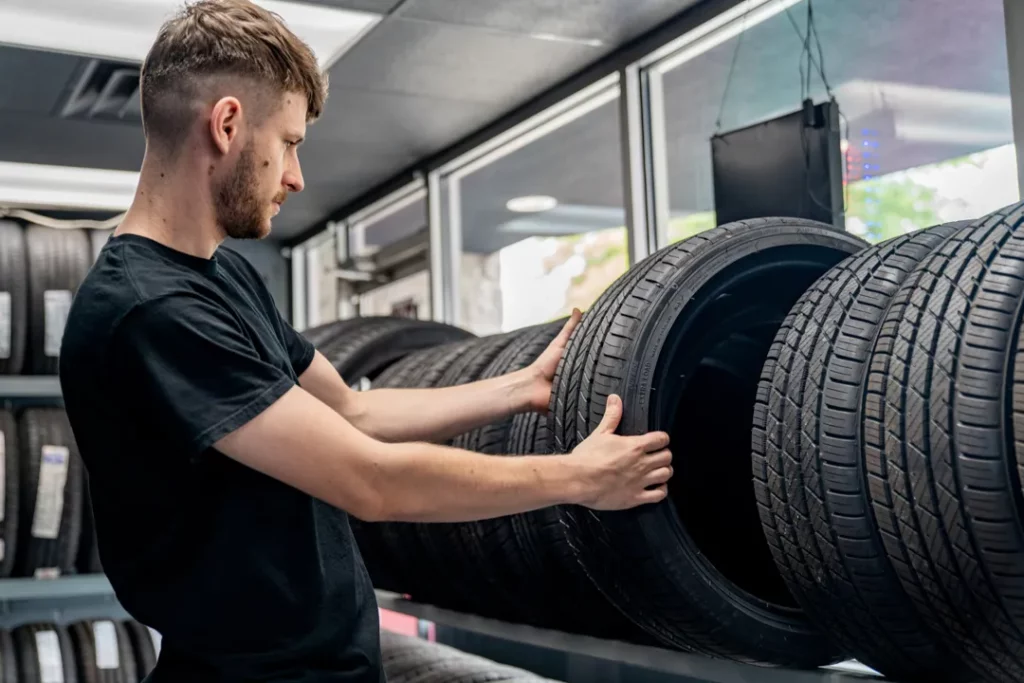
Used tire prices vary anywhere from $25 to $250 per tire. The price difference between a used and a new tire of the same model can be as much as 50% or even more. But affordability isn’t the only deciding factor when buying used tires.
You have to be able to understand what stands behind the used tire price and make a conscious choice based on the knowledge of all key factors: the initial cost, the brand, the tire’s type, the tread left, and the tire’s age. Reputable used tire resellers maintain good standing by performing thorough inspections and reliable service. Let’s explore each to help you buy the best used tire for the best price.
What does a used tire cost depend on?
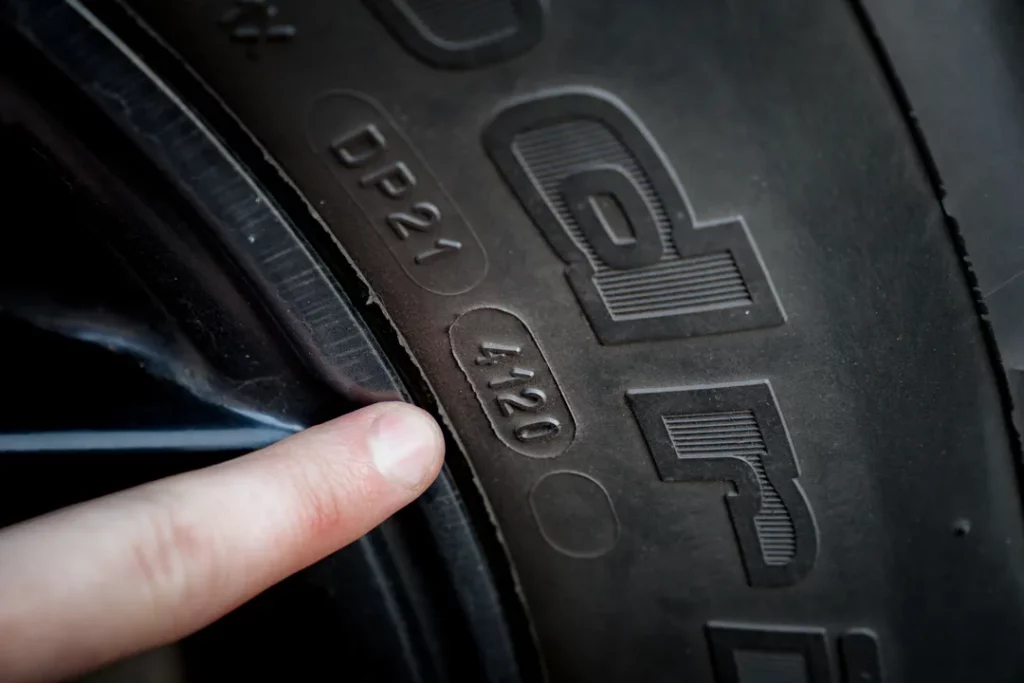
As tempting as it may be to compare shopping for used tires to buying other goods, we won’t be doing so. The reason? Tires are directly connected to safety, and a small mistake can cost a life. While the brand and model of a used jacket might matter most when searching for a rare vintage item, when buying used tires, there are more critical factors to consider:
- The brand
- The tire type and model
- The initial price
- The tread left
- The age.
New vs. used tires cost at Utires.com
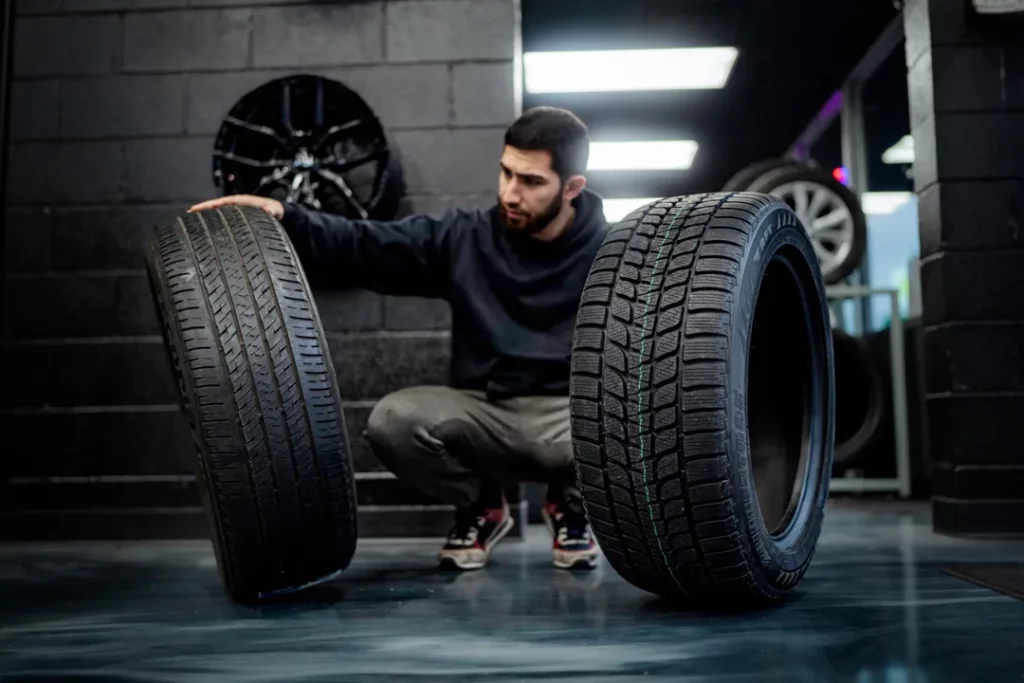
To illustrate the possible price difference between high-tread used and new tires, we’ve put together this comparison table. It shows how much you can save without compromising quality and features the most popular tires of different categories sold on our website.
| Size/Model | Category | Amount | New tire price | High-tread price | Savings ($) | Savings (%) |
| 205/55R16 Bridgestone Ecopia EP422 | Passenger | 1 | $158.99 | $98.85 | $60.14 | 38% |
| 235/40R18 BFGoodrich Advantage Control 95W | All-season | 1 | $178.59 | $91.93 | $86.66 | 48% |
| 225/60R18 Cooper Discoverer True North 100T | Winter | 1 | $154.65 | $93.76 | $60.89 | 39% |
| 225/50R18 Pirelli Cinturato P7 Run Flat 95W | Performance | 2 | $525.60 | $285.38 | $240.22 | 45% |
| 275/65R18 Cooper Discoverer AT3 4S 116T | All-terrain | 1 | $287.92 | $204.83 | $83.09 | 28% |
You can see for yourself: you can choose a tire with high tread and buy it for 28-48% cheaper than a new one. This price difference is fairly typical for quality used tires from reputable retailers.
Tire brands’ importance in used tires pricing
There are hundreds of tire brands on the market, and the reliability of rubber depends highly on the brand’s name. Top-tier brands invest millions in innovation, research, and testing, and their products can cost significantly more than those of middle-price-range manufacturers or unknown brands.
However, purchasing a leading brand shouldn’t always be the goal: plenty of high-quality offers of less popular but reliable and durable tires. If you want to know the best used tires and reliable brands, read this article.
Why are the used tire type and model important?
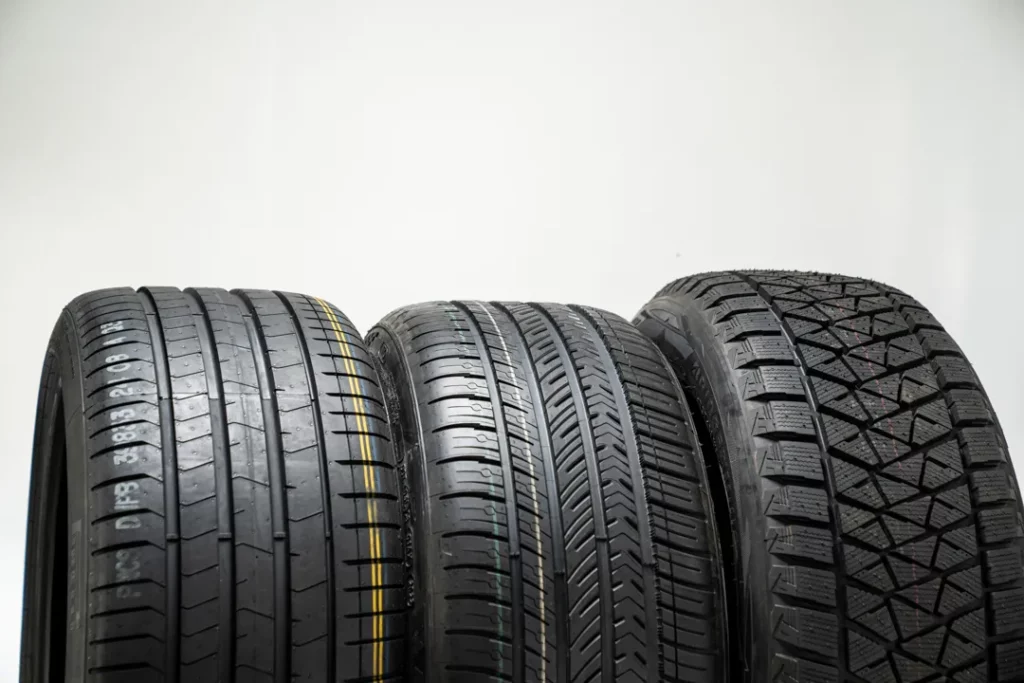
Very easy. It’s all about designation and technology. Producing specialized tires requires more complex compounds and technology to secure particular performance characteristics. For example, truck tires have different pricing options based on their tread condition, such as low tread, high tread, and barely used tires. It’s much cheaper to buy a regular all-season tire for a light truck or passenger car than a used high-performance tire for a racing one. Much research and innovation goes into creating tires that burn on a race track!
Another good example is studless tires, a softer rubber compound that performs best in extreme winter conditions and grips the frozen road surface the best. Keep in mind that specialized tires wear faster and can be harder to find at a second-hand market.
The initial price and the discount
The initial price determines the cost of used tires. A great Michelin tire Energy MXV4 S8 that initially costs over $300 definitely won’t be sold for $30 when used. This is an important point to consider when choosing a second-hand tire.
Tread left and the selection of used tires
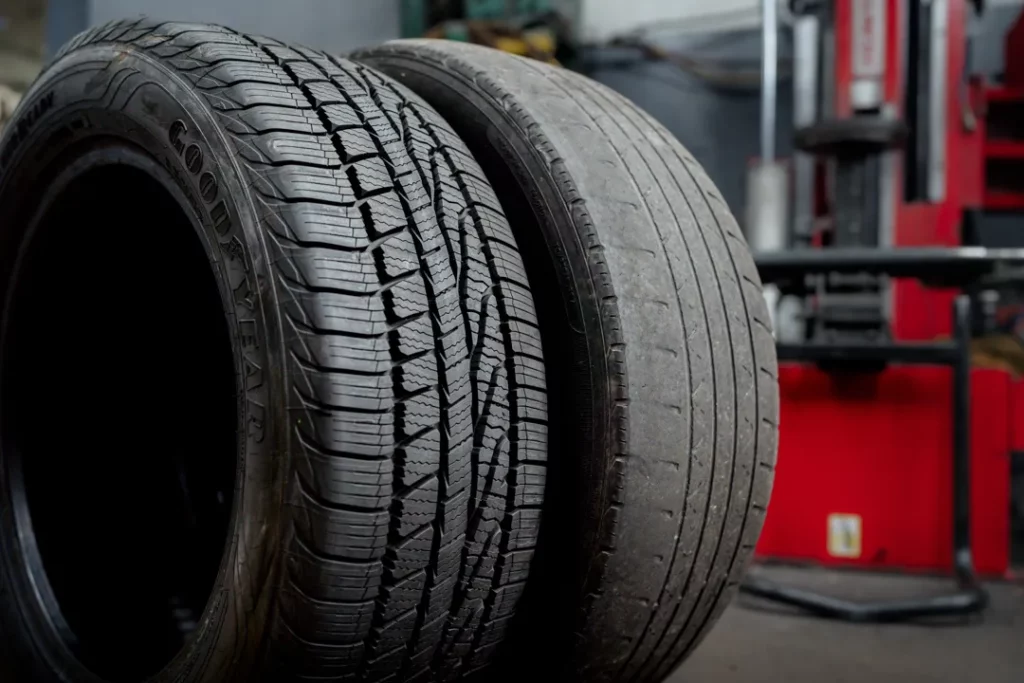
Used tires can have up to 10/32” of tread remaining, with up to 99% of tread life left. However, buying tires with no less than 5/32” of tread is generally considered safe. If you need a tire for a few hundred miles or plan to sell your car soon, a second-hand 4/32” tire can be a reasonable option. While the legal minimum is 2/32 inches, 4/32” is the depth at which you should consider a new tire or set.
…And the most important: the tire’s age
A tire can remain safely operable for up to 10 years. Let’s repeat it one more time: 10 years, no more!
As a tire ages, it deteriorates, affecting its price: it will be low. Rubber loses resilience and can start to crack, so it’s wise to be cautious with tires that are 8 years or older. The safest option is to choose used tires manufactured no longer than 5 years ago. To check a tire’s age, check out the date code on its sidewall and learn how to read it.
The number of tires and discounts
Both online and brick-and-mortar shops create special offers to attract more clients. As a result, you can get a discount for buying two used tires or a full set. The discount is usually no more than 10%, but it’s still a money-saving option.
Benefits of buying used tires
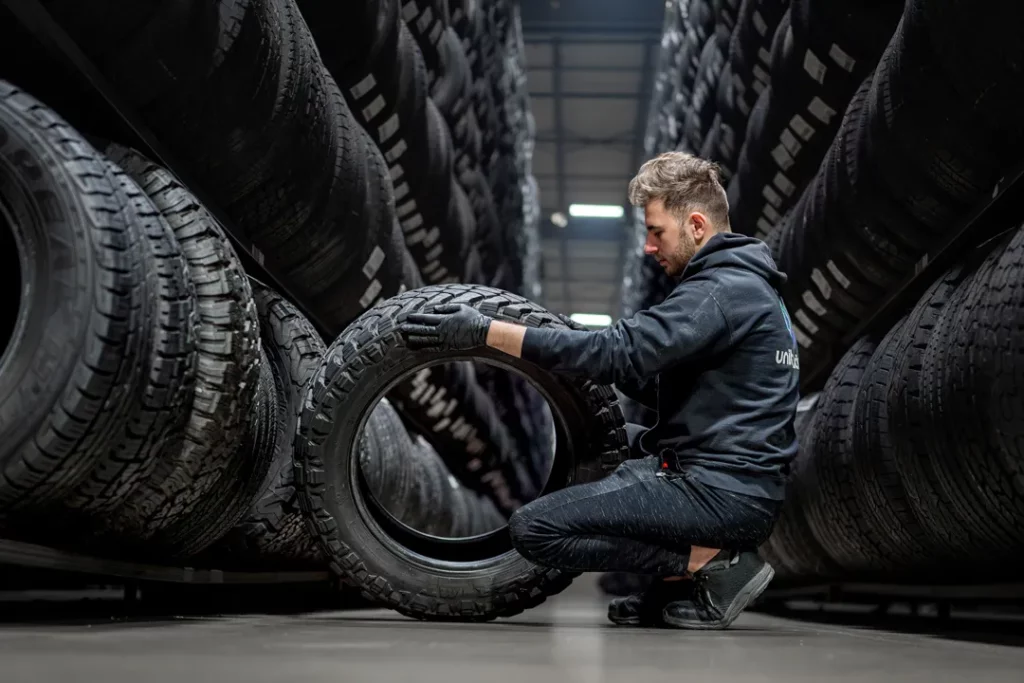
Buying used tires can offer quite a few benefits. First of all, it’s cost savings compared to new tires. Used tires can cost significantly less than new ones, starting at as low as $25. This makes them an attractive option for budget-conscious drivers. Additionally, used tires are sold in a wide selection of sizes and types. If you’re only missing one tire, and the rest have 8/32″ tread left, just search for this tire and model on a website like ours, and you’ll get it much cheaper!
Another benefit is the chance to buy high-quality used tires that are still in excellent condition. This can be especially helpful if you’re looking for a temporary solution or want to try out a new brand or style without committing to a full set of new tires. Opting for used tires gives you the same performance and reliability as top tire brands but for much cheaper.
And don’t forget about the driven once category. You buy new tires for the price of used ones: these tires were mounted for cars in showrooms and similar conditions and never hit the “big road.”
What types of used tires are available?
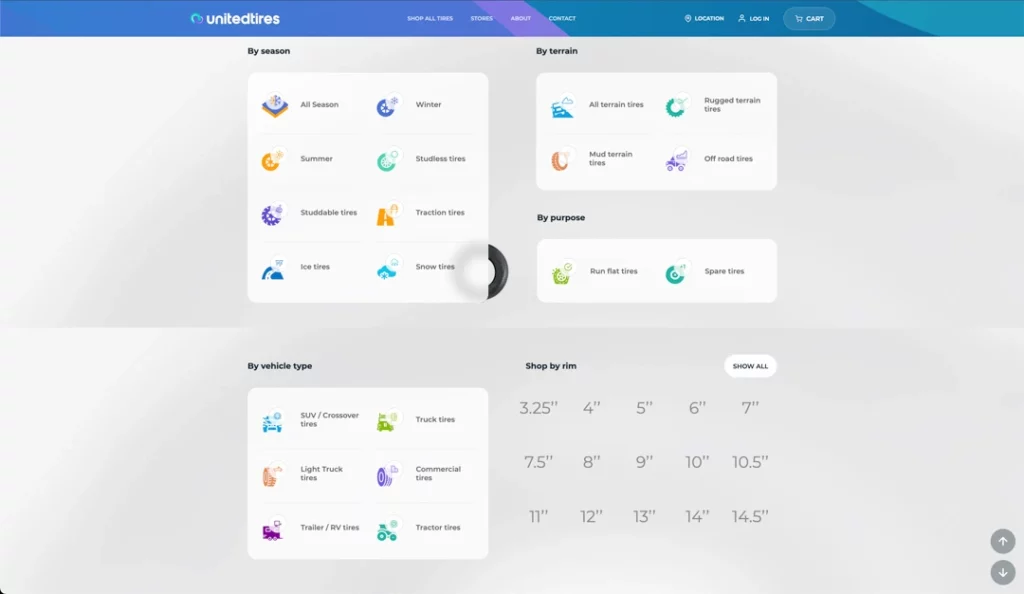
All types. On the United Tires’ website, the used tire inventory is presented in all categories, from passenger tires and truck tires to tractor and trailer tires from popular brands. The inventory features used tires in all sizes for pretty much every car make and year.
Additional used tire costs
Aside from the actual price, you must spend money on delivery, mounting, and balancing.
Tire delivery cost savings
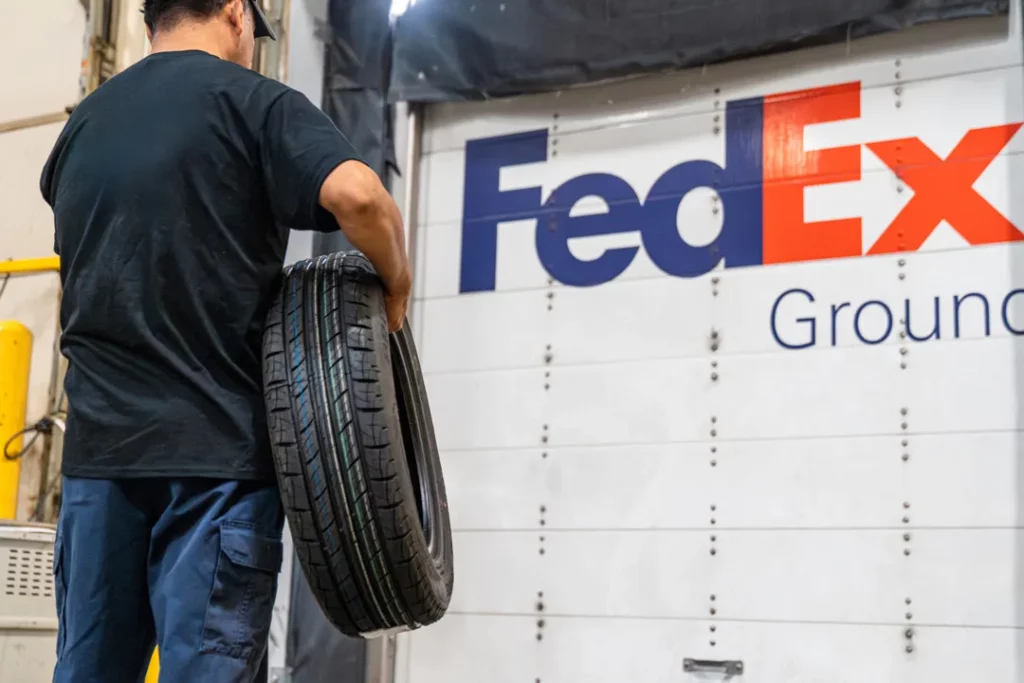
Some used tire shops offer free delivery on all items, while others provide it only for select products. A common option is to qualify for free delivery by meeting a minimum order threshold, such as $25 or $100. Check their delivery options if you’re buying from a local tire dealer. And remember, when you shop with United Tires, FedEx delivery is always free—no matter where you’re located. Submit your order before 1 p.m. CST for same-day dispatch from our warehouse for even faster shipping!
Tire mounting and balancing
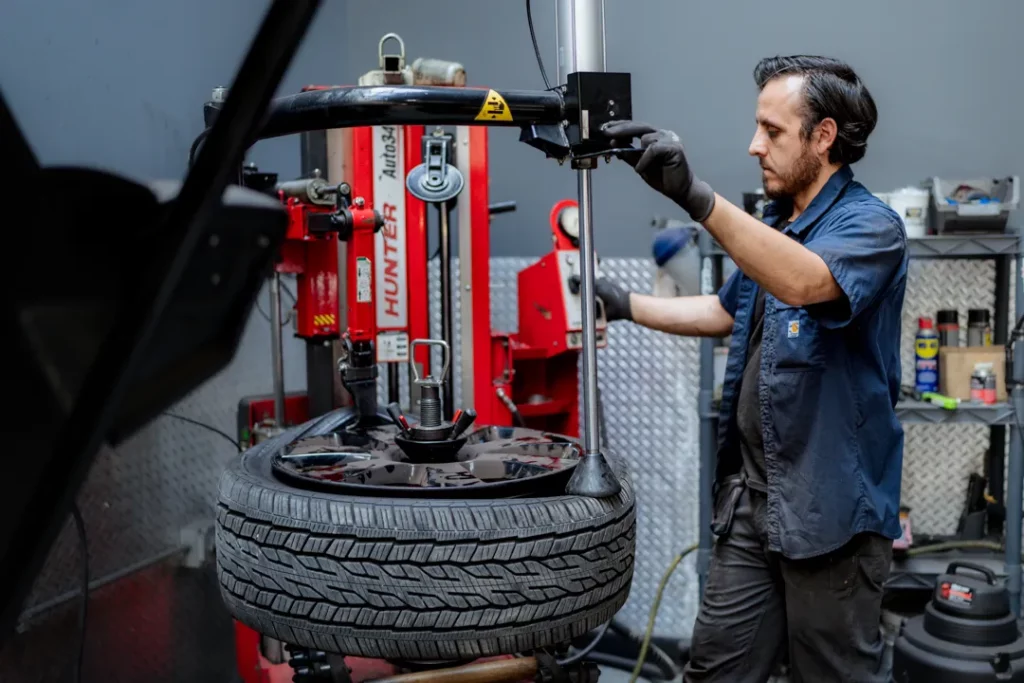
Installing and balancing used tires cost about $40 on average. Depending on the facility, the type of tire, and the services provided, the price may vary from $15 to $75. Besides, not all auto shops will mount second-hand tires, as some only deal with new ones, and others may only install the tires bought from them.
We’re sure you’ve already found the best tire service near you. But if not, and you’re in the Chicago area, welcome to one of our conveniently located shops: at 2720 W Grand Ave, phone 312-212-0546, or 3613 N Harlem Ave, phone 773-840-0282. Dial the numbers above to book your appointment or to discuss your needs with our technicians.
Tire service at a shop usually includes:
- Removing old tires
- Mounting your new set
- Inflating tires to the right pressure
- High-speed balancing.
The process may take up to an hour if you install all four tires.
Pros and cons of buying pre-mounted tires
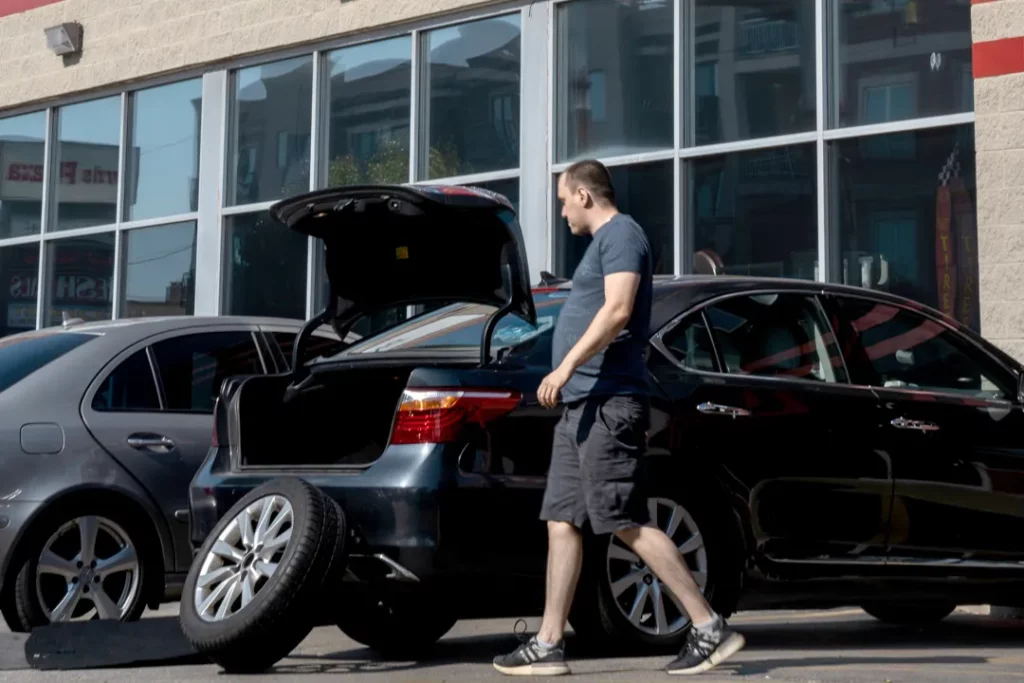
Approximately 30 million pre-mounted tires are sold in the US annually. They are a safe choice if you shop wisely and buy from a reputable seller. And yes, you can find a good deal on tires that cost $1000 for a new set for $200-$300 in used condition.
Pros of purchasing pre-mounted tires:
- It saves you cash
- You help the environment
- The tires can be of great quality
- You can match the tread in case of a blowout
- A perfect option for a spare
- Can buy driven once tires for the price of used ones
Cons of buying second-hand tires
- Hidden damages, compromised safety
- Some shops don’t provide warranties.
Buy from a reputable shop for affordable used tire prices and safety
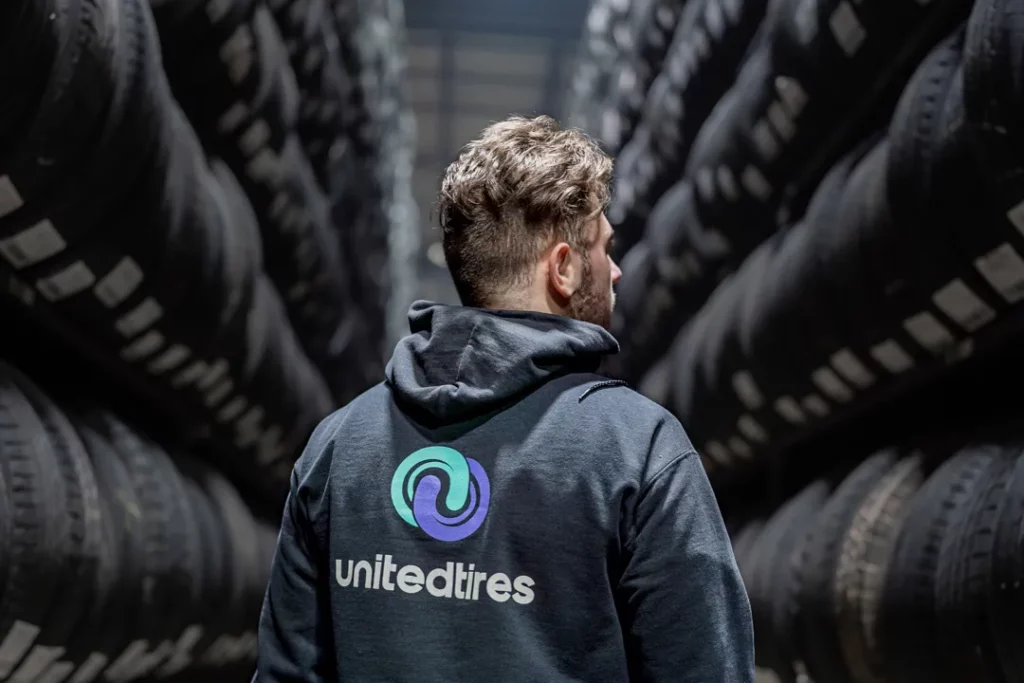
What is the main recommendation for purchasing used tires for the best price? Never buy tires with excessive wear or over 5-6 years old! Choose only reputable tire retailers with multiple positive online reviews. These shops have strict safety policies, and their used tires undergo a multi-stage damage inspection. Each used tire undergoes a thorough inspection for standards of tread depth, wear, and durability. Many used tires come from cars involved in accidents or are sourced from auctions, but with proper inspection, they can be just as reliable as new ones.
By cooperating with reliable used-tire buyers and wholesalers, these tire shops can offer lower prices and special deals. They will provide a quality guarantee and used tires warranty.
If you want to save time and cash, choose large online tire stores. For example, United Tires’ real-time tire stock has over 98,000 listings for up to 50% off the prices of new tires. You can choose affordable used tires for your ride based on tire size, model, car make, year, etc. Shop from the comfort of your home or office and get your tires delivered to you in the blink of an eye.
If you have any questions, call the United Tires 24/7 customer support at 1-888-566-6214 and let us know your driving needs.
Frequently Asked Questions
How much are used tires?
Used tires generally cost between $25 and $160, which is about 30-50% of the cost of new tires, depending on the brand, tread depth, and condition.
What are the cheapest used tires?
The cheapest used tires can cost around $25, although prices vary based on condition and brand.
Are used tires safe?
Used tires can be safe if they are thoroughly inspected for tread wear, damages, and repairs by reputable sellers. Always make sure you buy from a trusted shop!
How much cheaper are used tires compared to new ones?
Used tires can cost 10% to 70% less than new ones, but the low price doesn’t always come with high quality. Use the tips in this article to find the best buy for a cheaper price.
Where can I buy used tires?
You can buy used tires at local dealers, check online marketplaces like eBay, Amazon, or Craiglist, or buy tires in big and reputable online stores like United Tires.
Share the Knowledge
